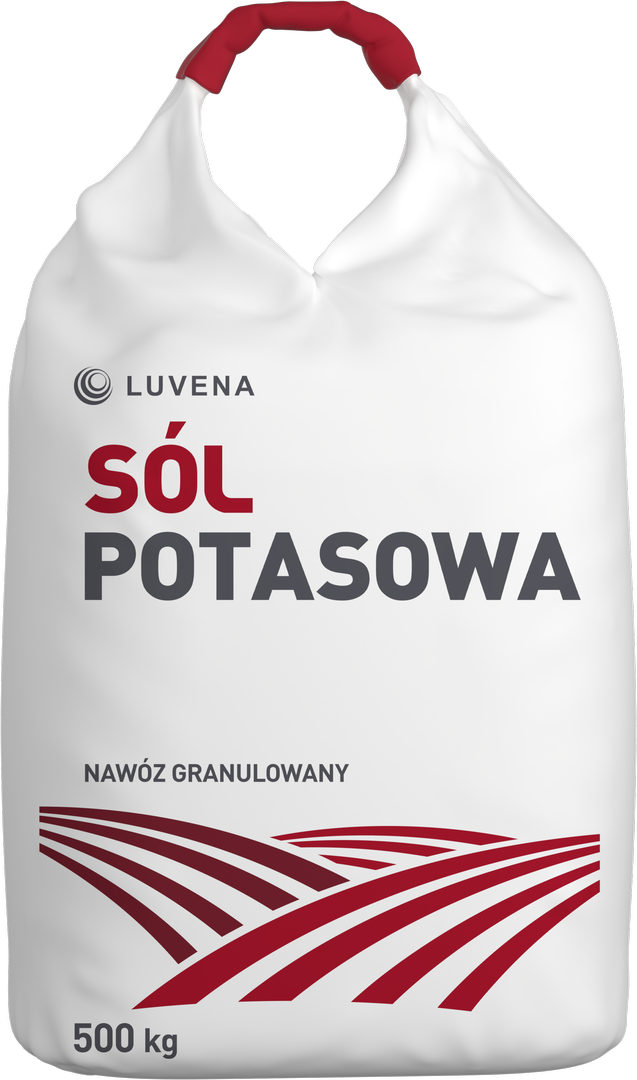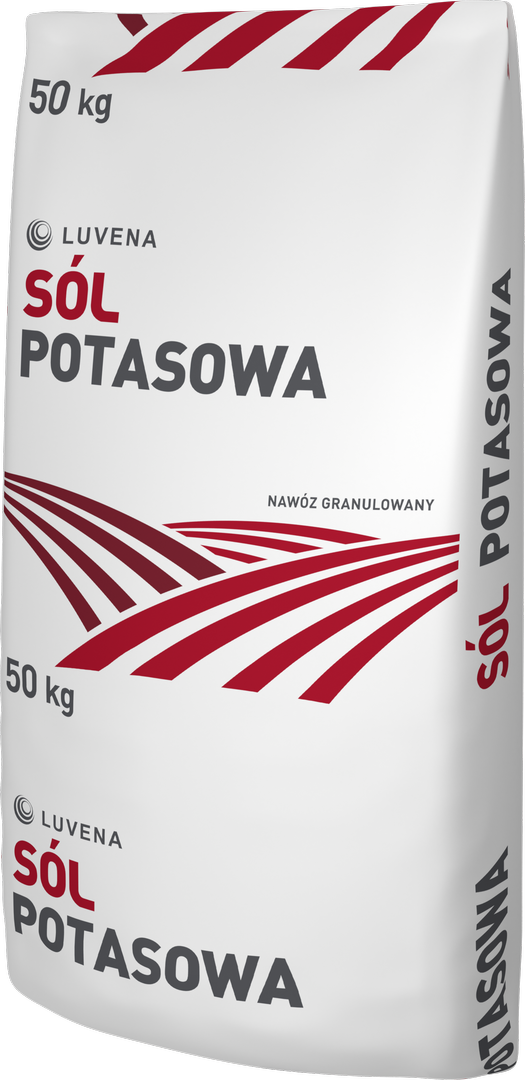

POTASSIUM CHLORIDE
EU FERTILISING PRODUCT ● GRANULATED ● STRAIGHT SOLID INORGANIC MACRONUTRIENT FERTILISER
K60
- for use on all soils and for all crops, except those particularly sensitive to the presence of chlorine in the fertiliser
- improves the efficiency of nitrogen fertilisation
- improves plant resistance to stress factors
- improves reasonable water use by the plants, especially during soil drought
- activates the defence mechanisms against diseases and pests
- increases the ability of winter plants to regenerate in early spring
CHARACTERISTIC CARD arrow_forward
CERTIFICATE OF CONFORMITY arrow_forward
TECHNICAL SPECIFICATIONS arrow_forward

